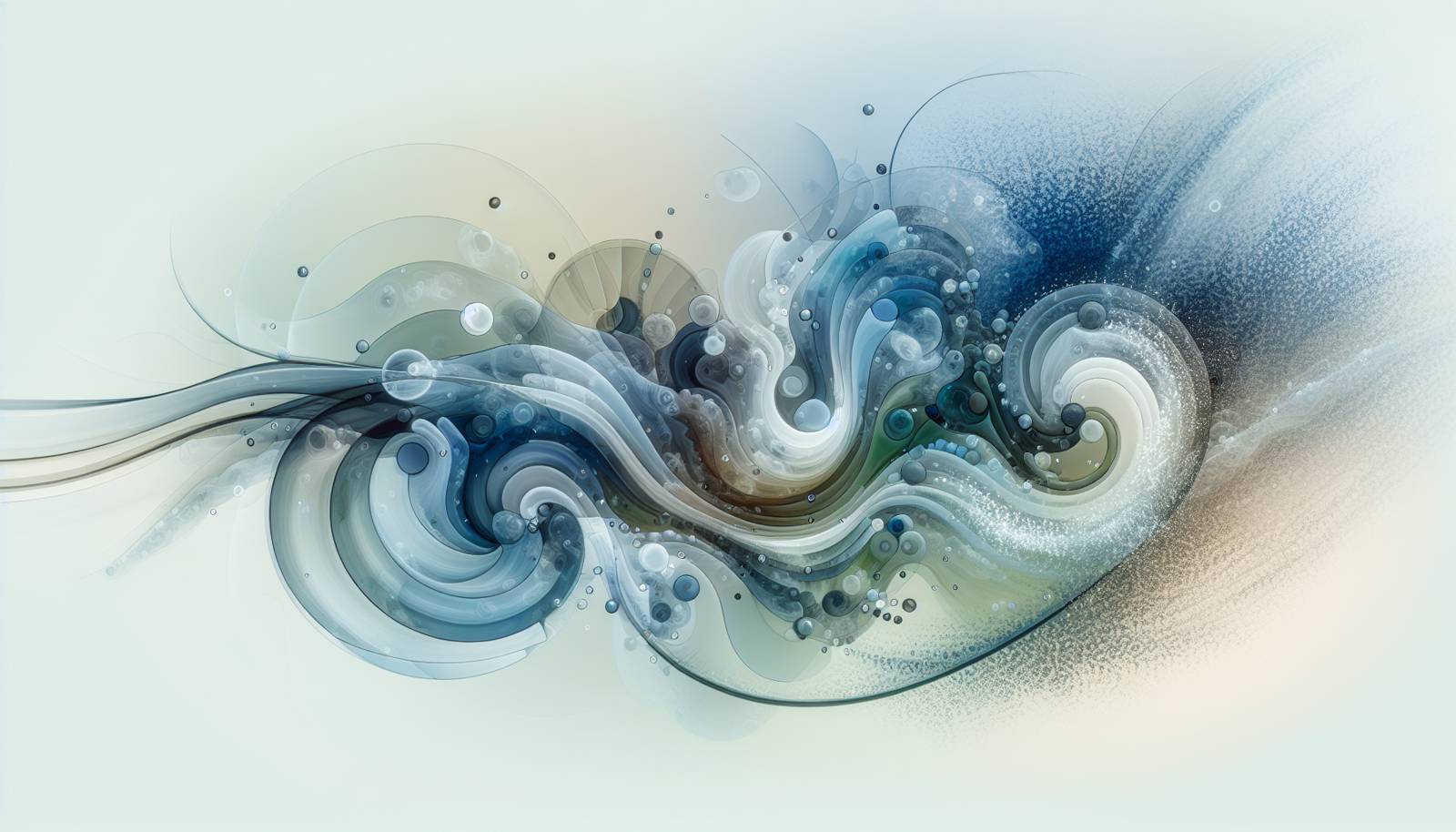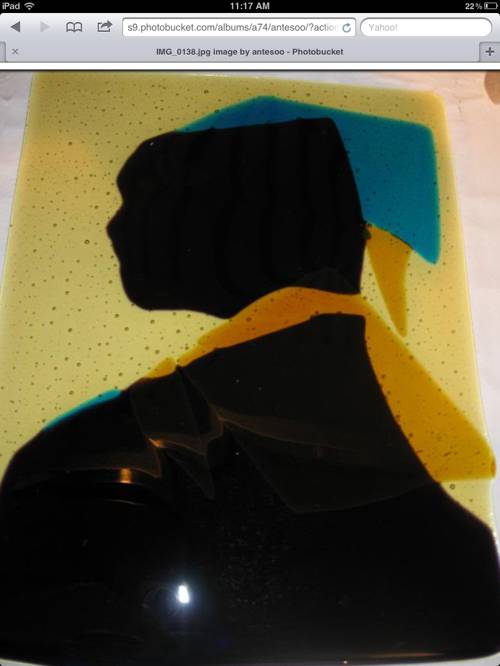
FAQ About The Evolution of Glass Art in Contemporary Craft

What is the significance of glass art in contemporary craft?
Glass art has become a prominent feature of contemporary craft due to its unique ability to meld visual beauty with practical functionality. Artists leverage glass for its versatile properties, such as transparency, color, and formability, to create both decorative and utilitarian pieces. The craft challenges and inspires creative boundaries, offering endless possibilities for expression and innovation in modern design.

How has glass art evolved over the years?
Glass art has significantly evolved from its origins in ancient craftsmanship to a modern art form. Historically, glass was primarily used for practical items like vases or goblets. In contemporary settings, artistic advances and new techniques have expanded its role to include sculptures, installations, and even architectural elements. These developments have been driven by technological innovations, artistic exploration, and a broader acceptance of glass as a medium for fine art.

What are some key techniques used in contemporary glass art?
Contemporary glass artists employ various techniques to create their works. Some popular methods include glass blowing, lampworking, kiln working, and cold working. Each technique offers distinct effects and challenges: glass blowing involves inflating molten glass into different shapes; lampworking uses a torch to melt glass for shaping; kiln working relies on a kiln to mold glass into forms; and cold working involves grinding and polishing for finishing touches.

Who are some notable glass artists in the contemporary craft scene?
Several artists have gained recognition in the contemporary glass art scene. Dale Chihuly is famed for his large-scale glass installations and vibrant use of color. Lino Tagliapietra is celebrated for his mastery of traditional Venetian techniques. Other notable artists include Toots Zynsky, known for her sculptural glass weaving, and Karen LaMonte, recognized for her life-sized dresses crafted from glass.

What is the role of innovation in glass art?
Innovation plays a crucial role in the evolution of glass art by introducing new techniques and pushing the boundaries of what glass can achieve. Advances in technology, such as laser-cutting and digital modeling, allow artists to experiment with complex designs and previously unattainable precision. This continuous innovation ensures that glass art remains dynamic and relevant in the contemporary craft world.

How do artists incorporate functionality into glass art pieces?
Artists merge functionality with glass art by designing pieces that serve both aesthetic and practical purposes. Examples include decorative glassware, lighting fixtures, and architectural elements like glass walls or windows. These pieces not only showcase artistic skill and creativity but also offer real-world applications that enhance living or working environments.

What are some common misconceptions about glass art?
A common misconception about glass art is that it is purely decorative and lacks practical application. In reality, many glass artworks are designed with functionality in mind, serving as furniture, lighting, or architectural components. Additionally, some may perceive glass art as fragile and high-maintenance, but contemporary techniques often enhance durability and usability.

How has technology influenced contemporary glass art?
Technology has profoundly influenced contemporary glass art by facilitating new creative processes. Innovations such as 3D printing, computer-aided design, and laser cutting allow artists to achieve precise dimensions and intricate designs. Such technological advancements expand the scope of possibilities within the craft, enabling more ambitious and varied artistic expressions.

What is the importance of color in glass art?
Color is a vital element in glass art, providing visual impact and emotional resonance. Artists manipulate colors through techniques like adding metal oxides to molten glass or layering colored sheets. The interaction of light with colored glass can create stunning effects, making it a crucial tool for artists to convey mood, imply motion, or simply enhance the aesthetic appeal of their pieces.

How do cultural influences shape the evolution of glass art?
Cultural influences significantly shape glass art by inspiring artists and introducing diverse artistic traditions into the craft. Historical styles, regional techniques, and contemporary cultural trends contribute to a rich tapestry of ideas that artists draw upon. This diversity broadens the scope of glass art, allowing it to reflect a wide range of cultural stories and artistic narratives.

What are some challenges faced by contemporary glass artists?
Contemporary glass artists face several challenges, including mastering intricate techniques, managing the financial costs of materials and equipment, and finding sustainable methods of production. The delicate nature of glass and the intense skill required to manipulate it can also present technical difficulties. Artists often need to balance creative ambitions with practical constraints to deliver their artistic visions.

What is the process of glass blowing in contemporary craft?
Glass blowing is a traditional process that has been adapted and refined in contemporary craft. It involves heating glass to a molten state and then inflating it through a blowpipe. Artists can then shape the piece using various tools and techniques. The process requires meticulous control and timing to achieve the desired forms, making it both an art and a craft.

Why is Dale Chihuly a significant figure in glass art?
Dale Chihuly is a pivotal figure in glass art due to his groundbreaking installations and the masterful use of color and form. His work has redefined public perceptions of glass art, transforming it into large-scale, immersive art exhibits. Chihuly's approach has inspired countless artists and expanded the potential of glass as a medium for monumental artistic expression.

How do environmental concerns impact glass artists today?
Environmental concerns are increasingly influencing glass artists, prompting exploration into sustainable practices. Artists are more mindful of energy consumption for heating and shaping glass and seek eco-friendly materials. Some embrace innovations like recycled glass or low-energy kilns, while others develop techniques to minimize waste, all contributing to a more sustainable practice.

What is cold working in glass art?
Cold working is a finishing process in glass art where artists shape, grind, polish, or engrave cold glass pieces. Unlike hot processes, cold working occurs post-frabrication, allowing artists to refine textures, edges, and intricate detailing to enhance their artworks' final presentation. This step is crucial for adding sophistication and depth to the finished piece.

What role does glass art play in interior design?
Glass art plays a significant role in interior design by adding distinctive aesthetic elements that can elevate particular spaces. Sculptural installations, decorative glass panels, and custom lighting fixtures are common applications that enhance the ambiance. Glass art's ability to interact with light and color makes it uniquely suited for creating elegant and dynamic interiors.

How do glass artists achieve intricate details in their work?
Glass artists achieve intricate details through a combination of precision techniques and innovative tools. Techniques such as lampworking, fusing, and casting allow for detailed designs and textures. Modern technologies like laser engraving or waterjet cutting can further enhance the complexity and precision of glass artworks, enabling artists to realize highly detailed visions.

What is kiln forming in glass art?
Kiln forming, or kiln working, involves heating glass in a kiln to form it into specific shapes. This process includes techniques like fusing and slumping, where artists layer glass sheets and mold them into desired forms as they soften. Kiln forming offers control over shape and texture, enabling artists to create complex, multi-dimensional works.

How does glass art intersect with other forms of contemporary craft?
Glass art intersects with other forms of contemporary craft by bridging various artistic disciplines and promoting collaborative creations. Artists often blend glass with materials like metal, wood, or textiles to create mixed-media artworks. These interdisciplinary efforts highlight glass art’s versatility and its capacity to complement and enhance other craft forms.

What is the significance of light in glass art?
Light is crucial to glass art as it transforms how pieces are perceived and experienced. The interplay of light through glass can highlight colors, reveal internal patterns, and create dynamic reflections and shadows. Many artists design their pieces with lighting in mind to exploit these effects, enhancing the visual and emotional impact of their work.
